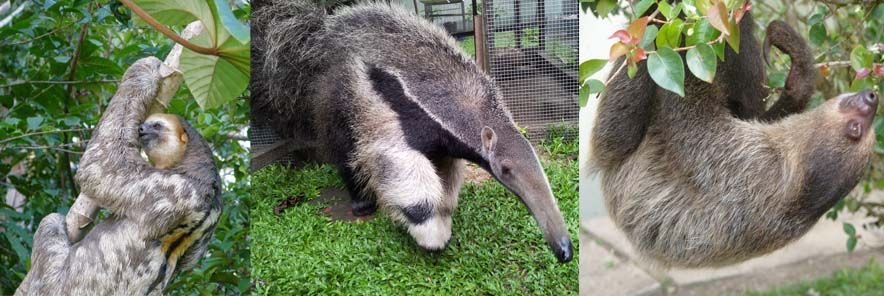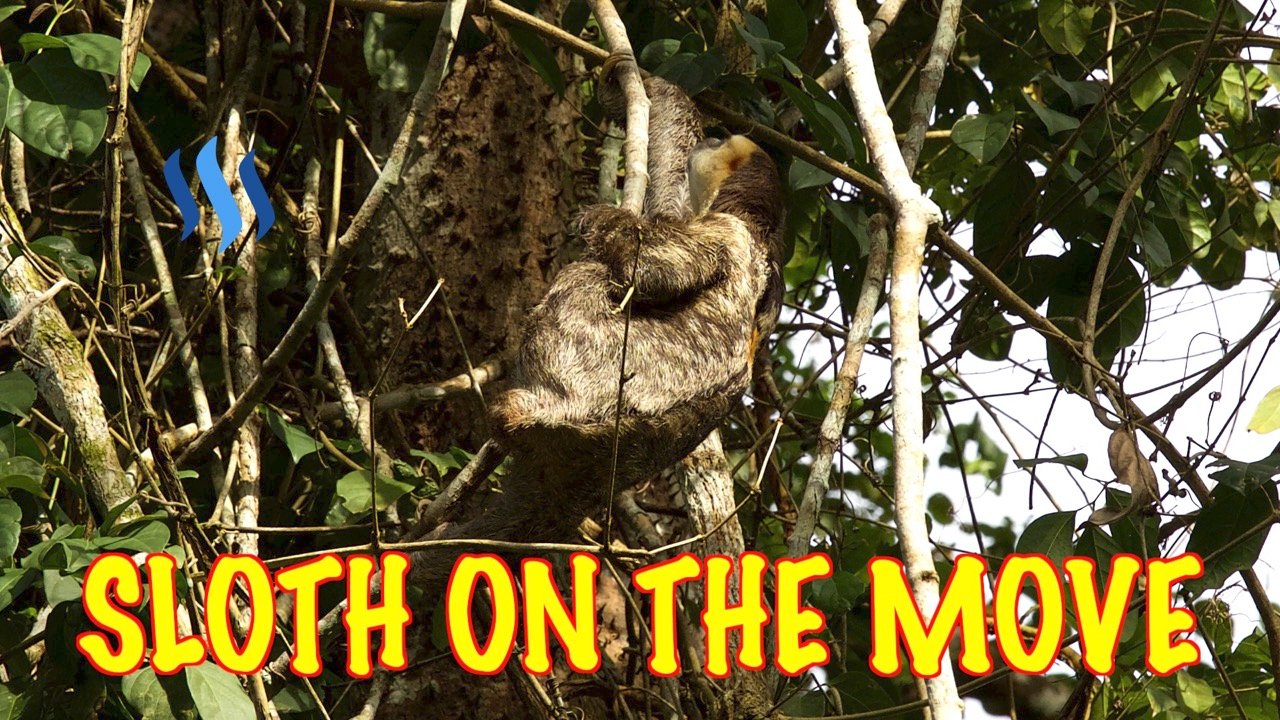
One of the more fascinating creatures of the rainforest in Suriname is the sloth. Yesterday I spotted one high in the trees.
I was walking the dogs and I got my camera with me hoping to shoot some birds. And there it was, a Pale-throated sloth. I only saw it because it was on the move, which is rare. They only move up to 4 times a day and less than 40 metres in total. It was high up in the trees, around 25 metres above the ground.
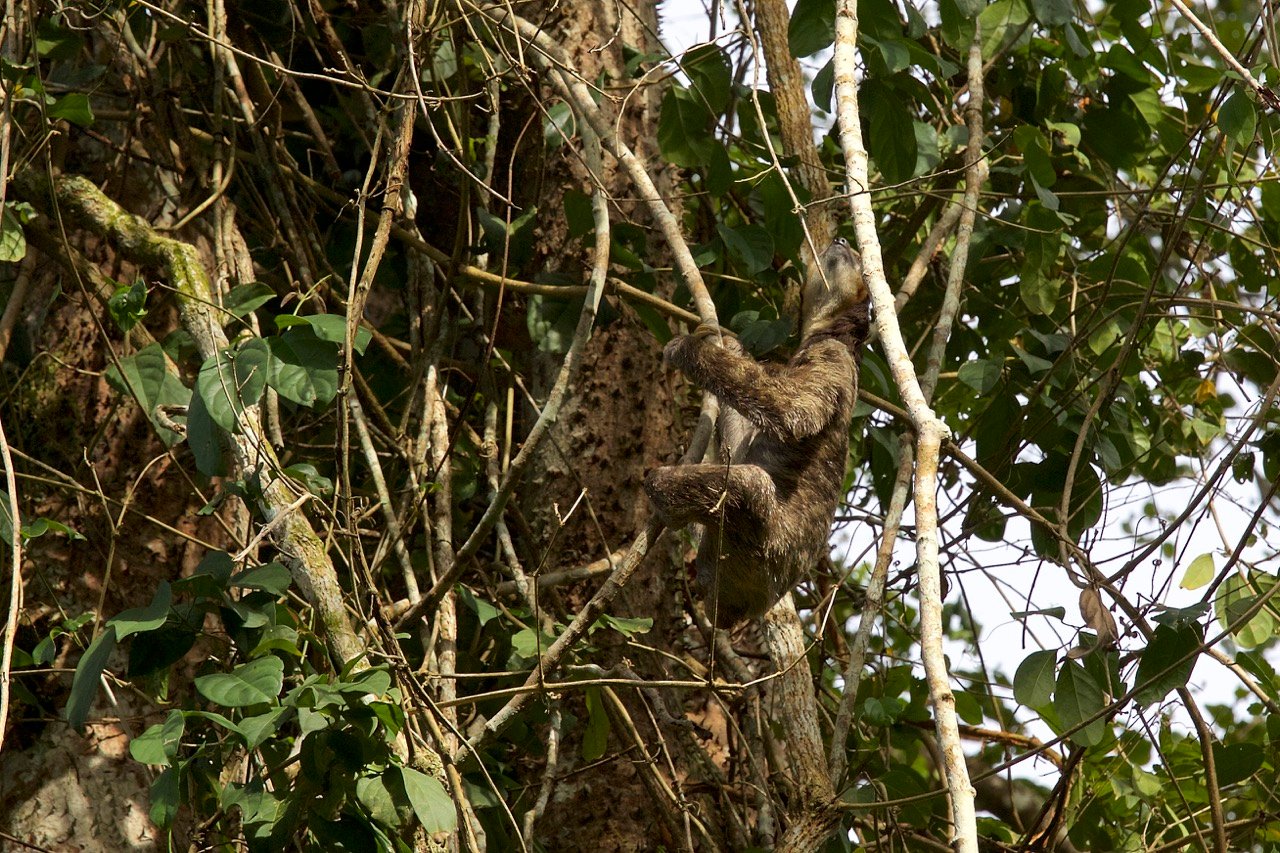
I was surprised to see how agile he was and actually not that slow at all. This is a male sloth. Only the males have a yellow/orange patch on their back.
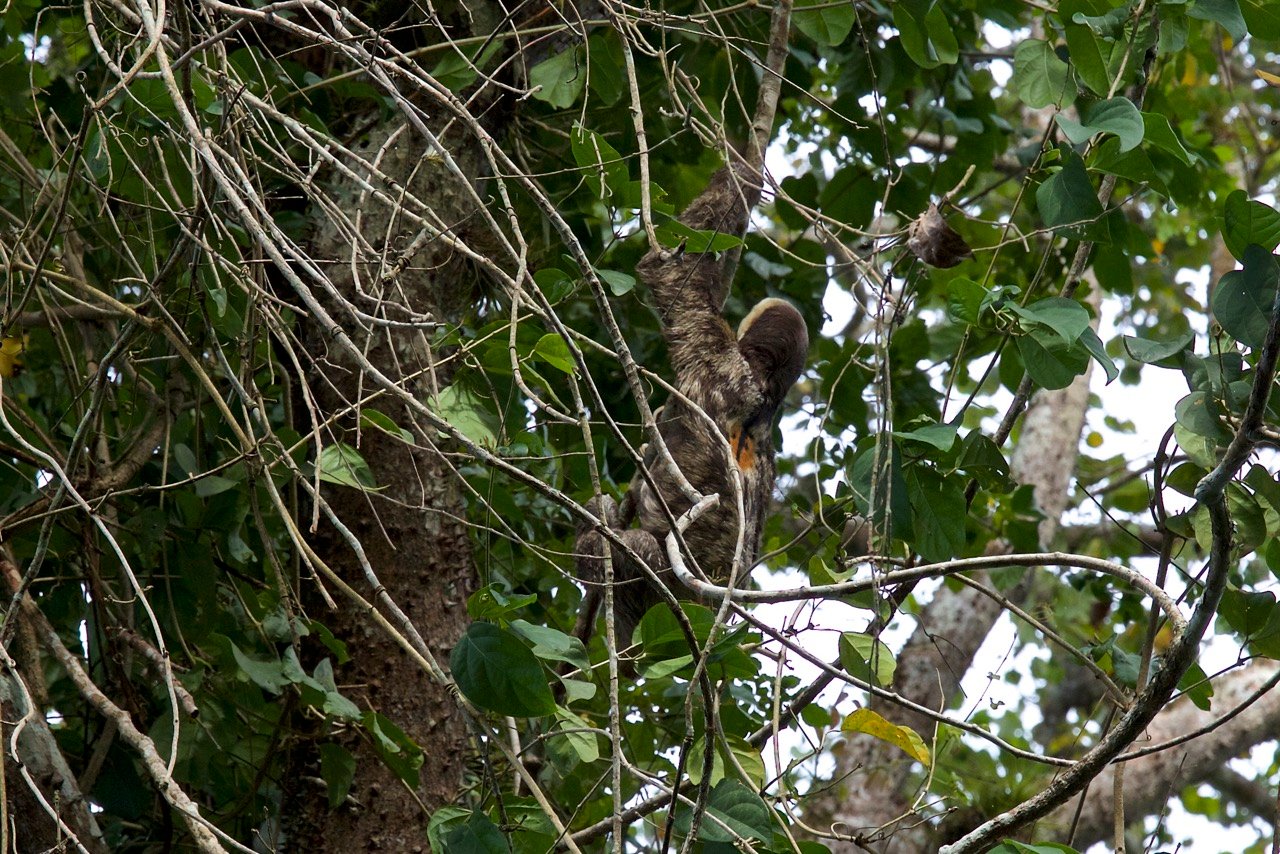
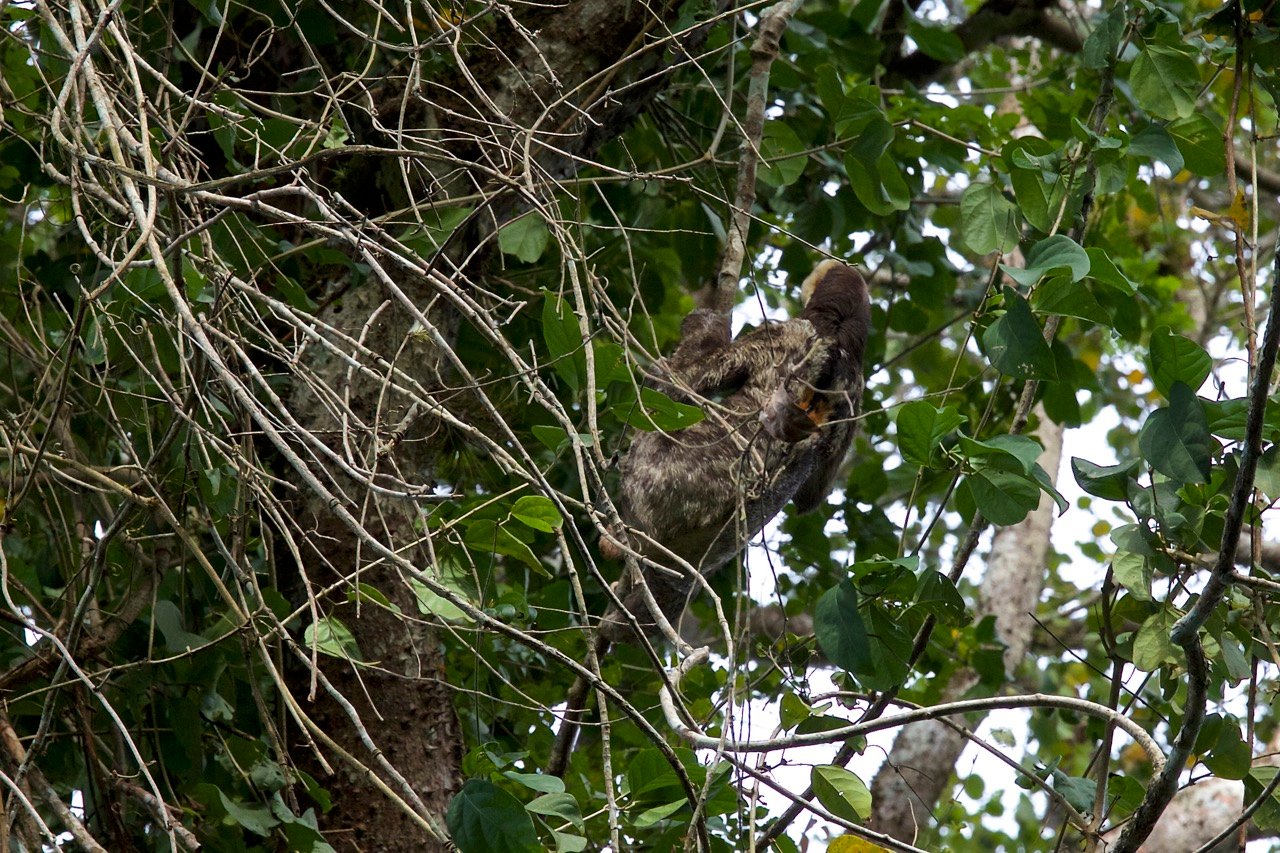
They are very well camouflaged. This is partly because of the green algae living in its fir. If they are not moving it’s very difficult to spot them. Can you see it in this picture?
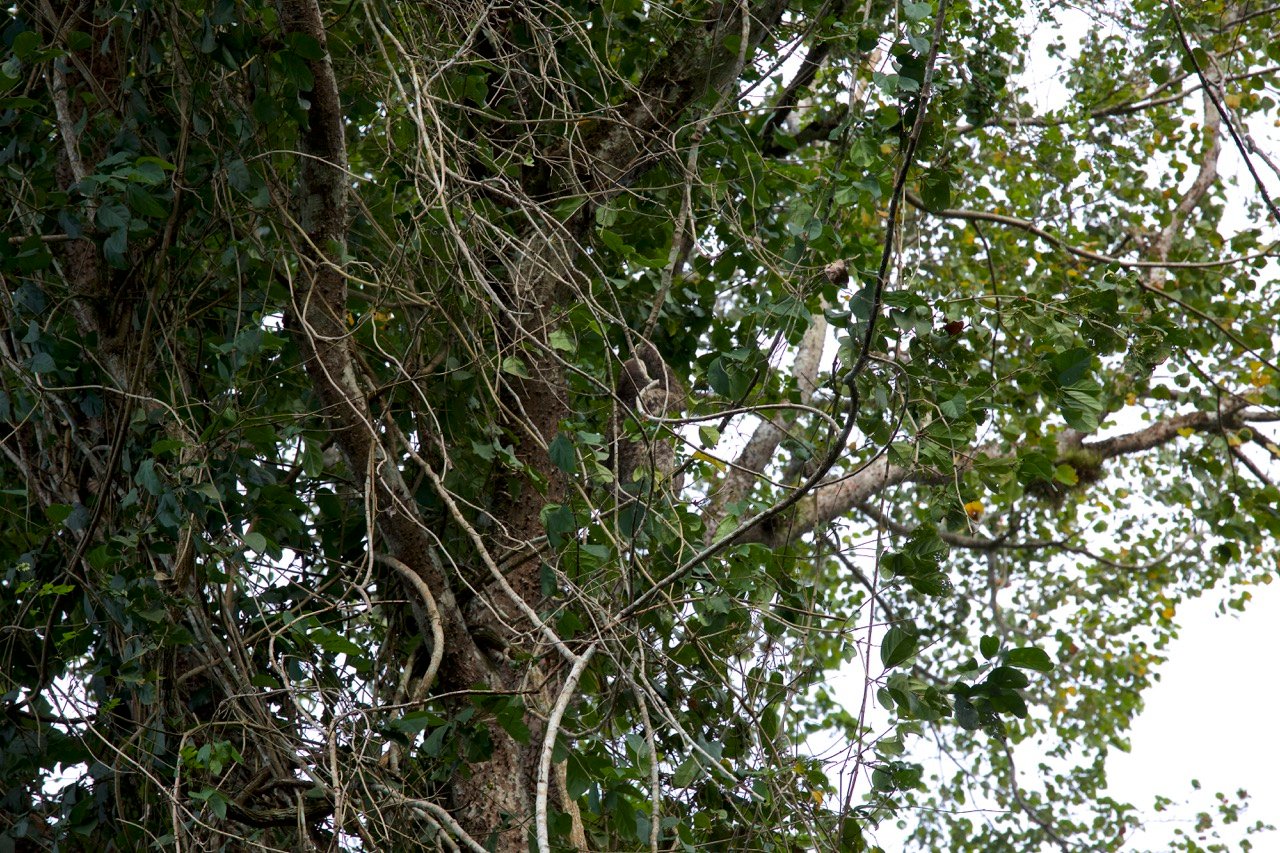
The sloth is a member of the Xenarthra order that also includes the armadillos and the anteaters. The Pale-throated sloth is also called a Three-toed sloth. Because it has three fingers instead of two.
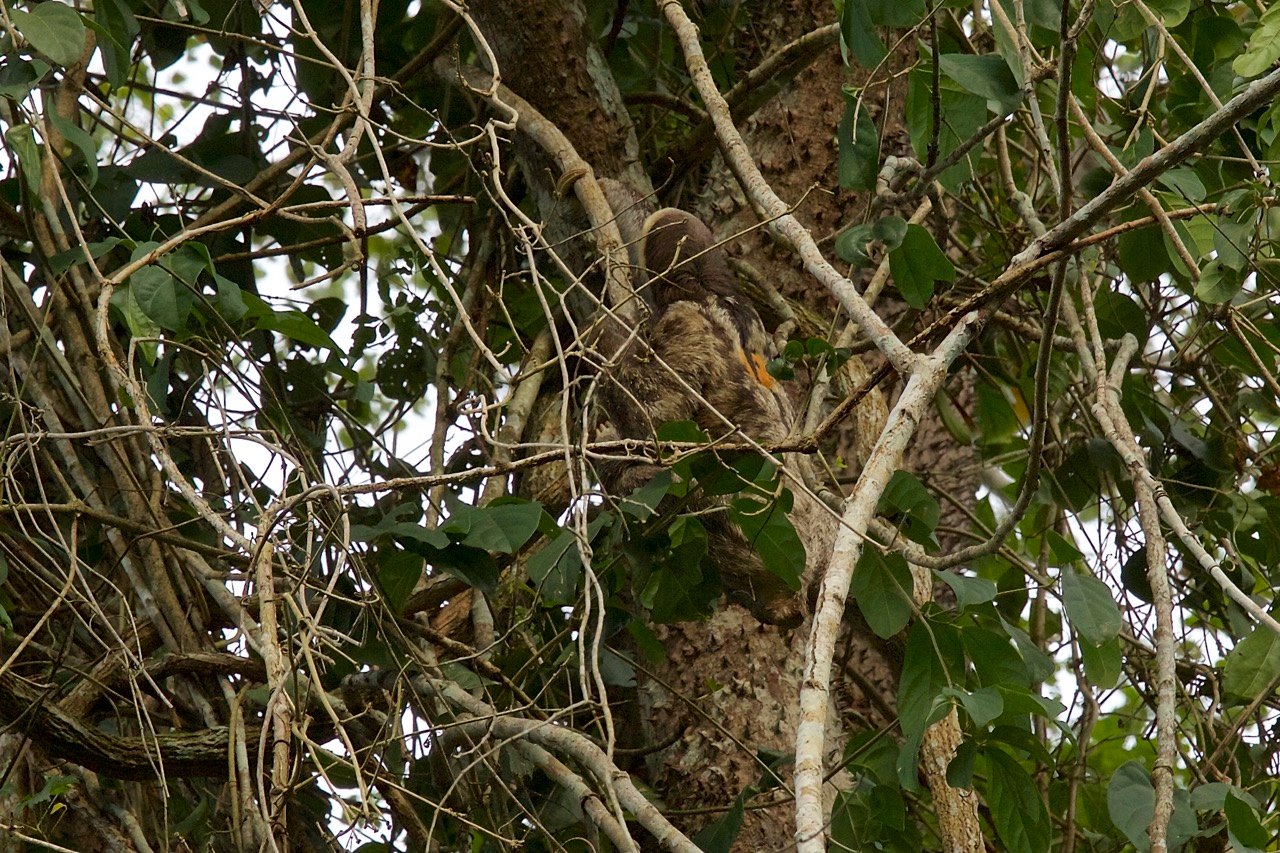
The Pale throated sloth only lives in Venezuela, the Guyanas and Brazil north of the Amazon river.
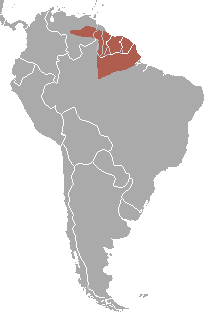
Sloths are classified as folivores since their main diet consists of leaves. Leaves provide very little energy and nutrients. The sloth has a specialised stomach with multiple compartments in which symbiotic bacteria break down the leaves.
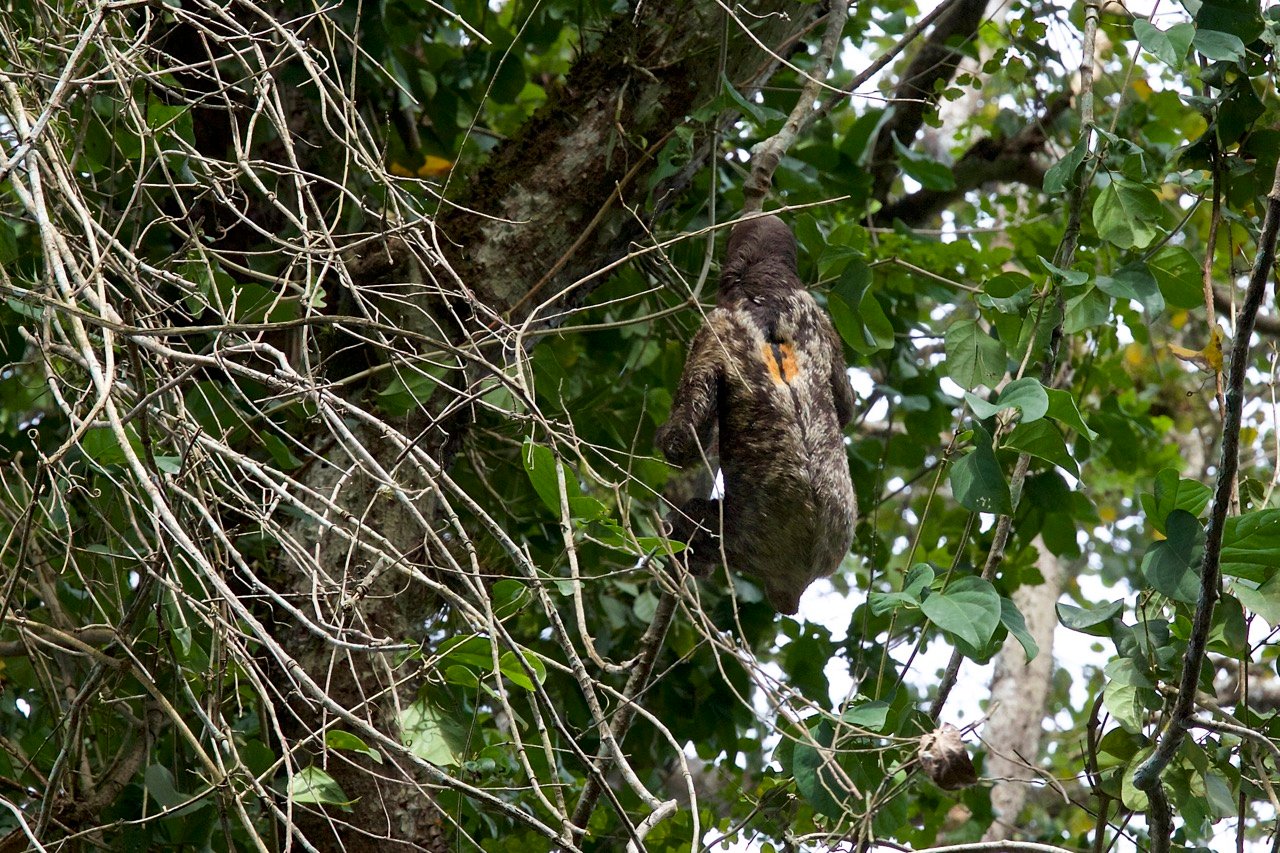
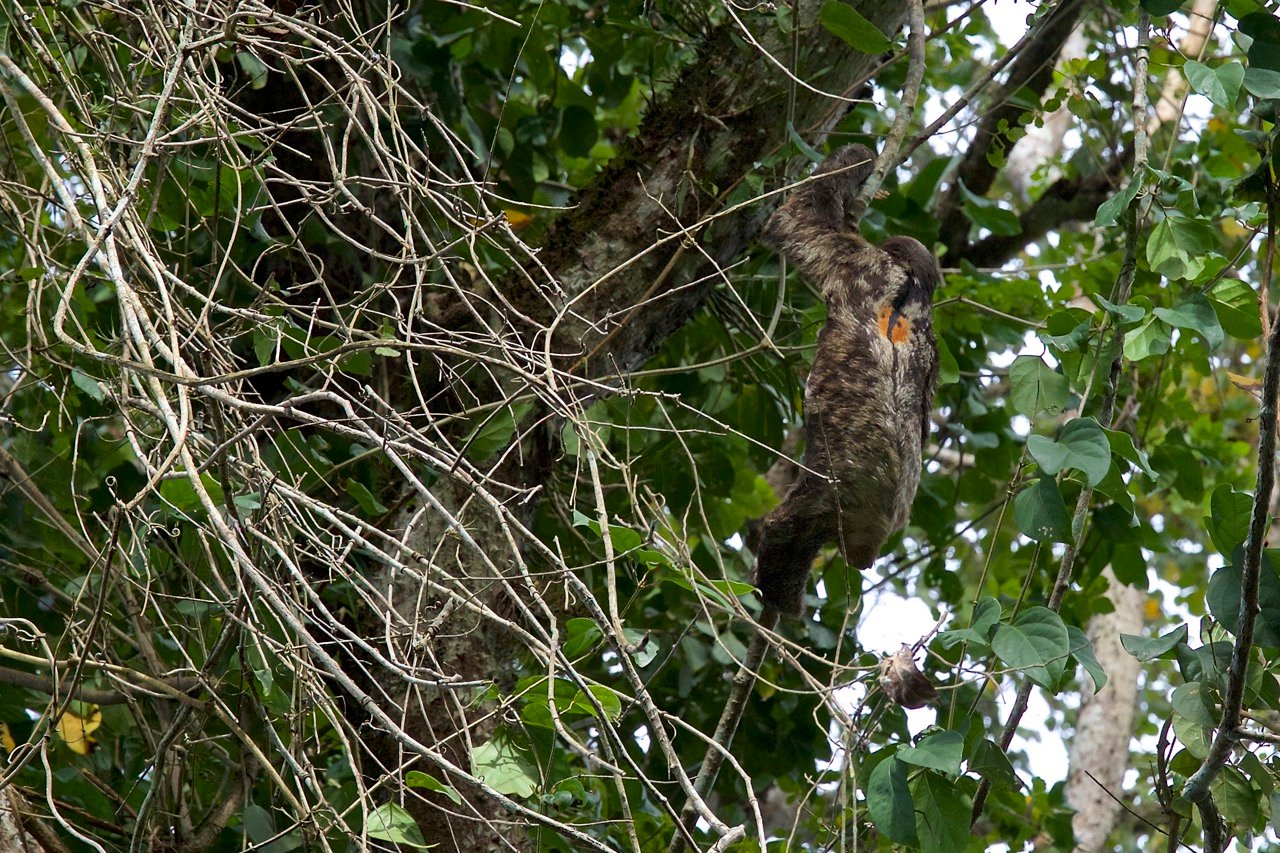
Wikipedia says that they come down ones a week to defecate. Apparently they dig a hole in the ground to do so. But I think that they just poo from the tree tops. Because I often find their dung spread out in the same spot and not buried in a hole in the ground. Maybe it’s monkey poo but I doubt it.
This male sloth is about 50 cm. long in head-body length. The females are larger, up to 75 cm. They weigh up to 6,5 kilogram.
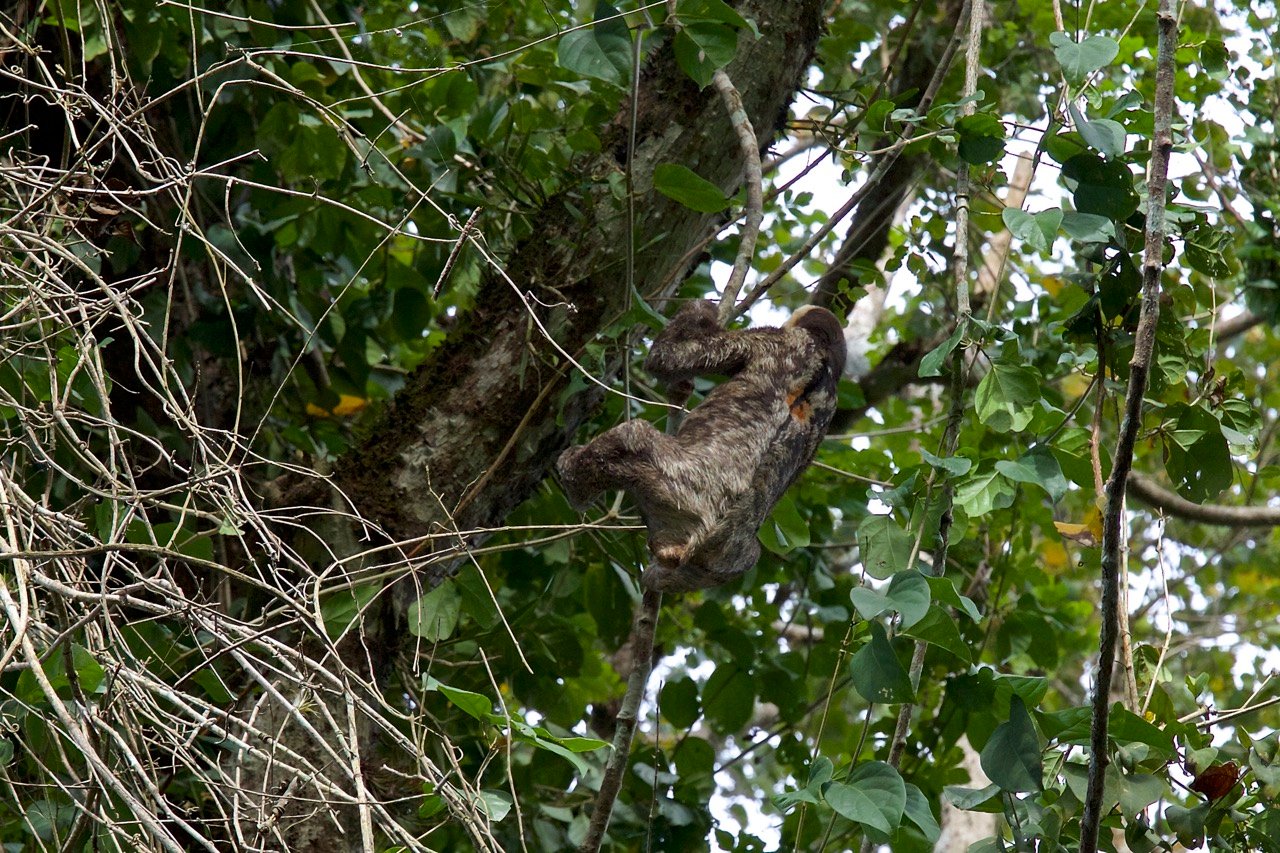
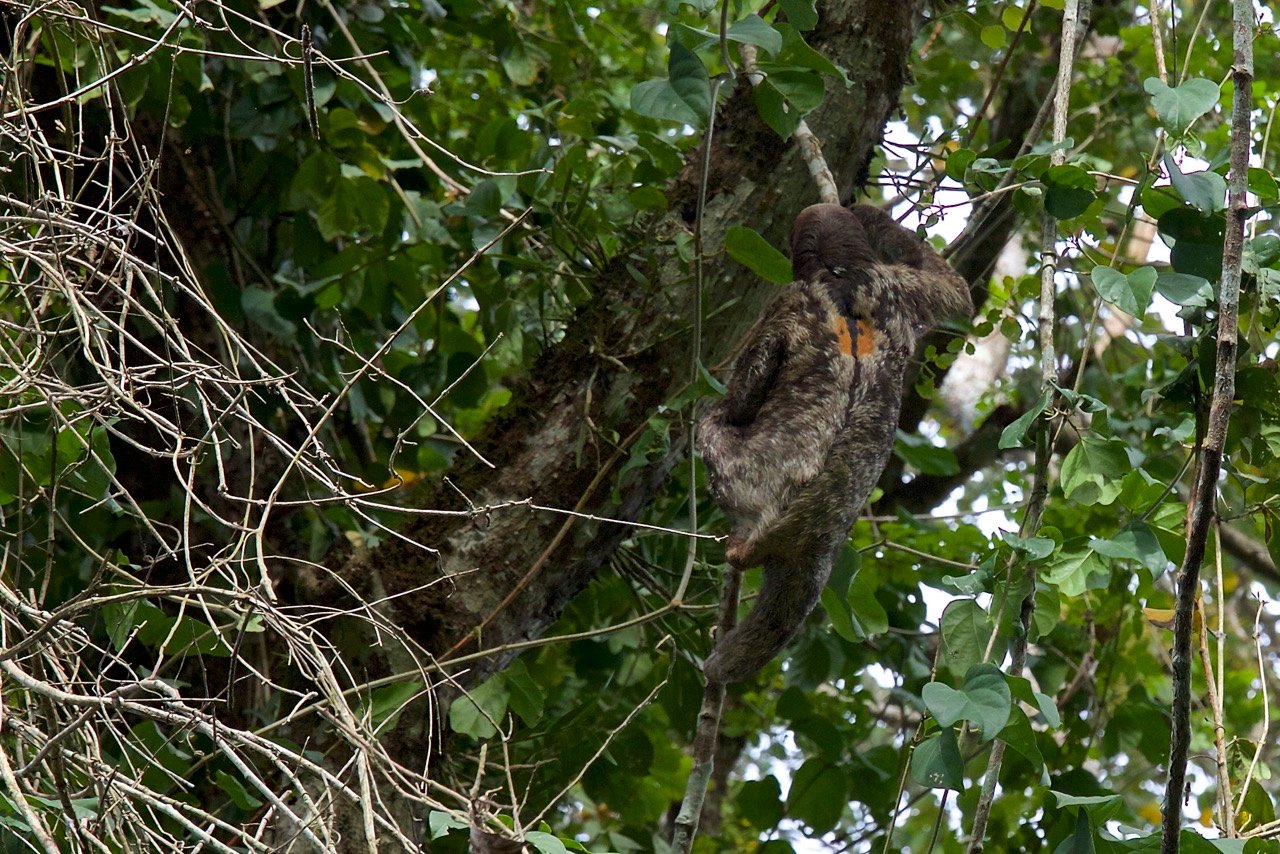
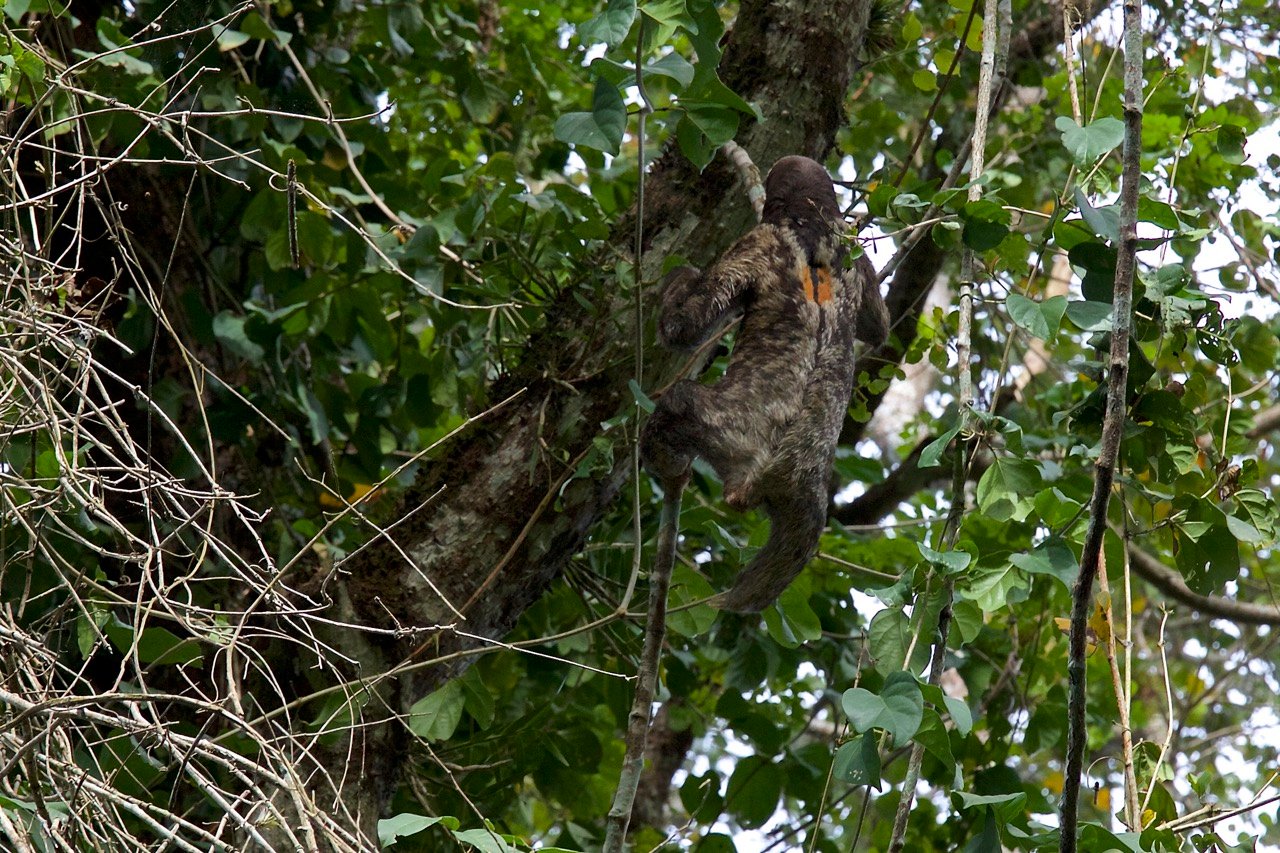

Suriname has its own sloth sanctuary, called the Green Heritage Fund Suriname. This foundation was established in 2005 and has rescued 600 sloths so far as part of the Xenarthra Program.
The goal of this program as stated on their website:
The Xenarthra Program of the foundation is involved in the shelter, care, rehabilitation and release of these animals. This means that orphaned and distressed animals are adopted temporarily until they are healthy and prepared to be returned to the forest.
I contacted them and asked if they were interested in the pictures I took. It’s definitely my wish to visit the sanctuary and maybe interview the founder; Monique Pool recently named as a ‘CNN Hero 2015’.
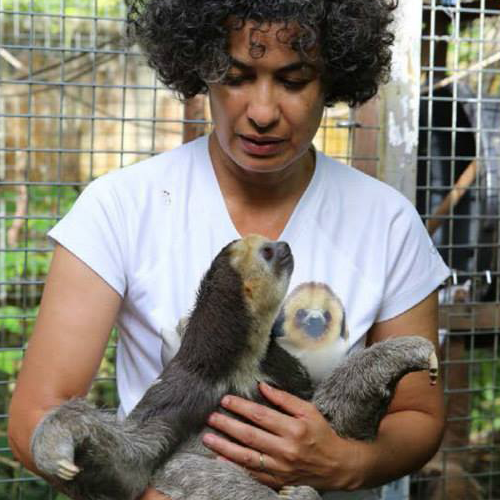
I hope you enjoyed the sloth. A very gentle creature that totally depends on the rain forest. Another reason to care about our environment and protect it.
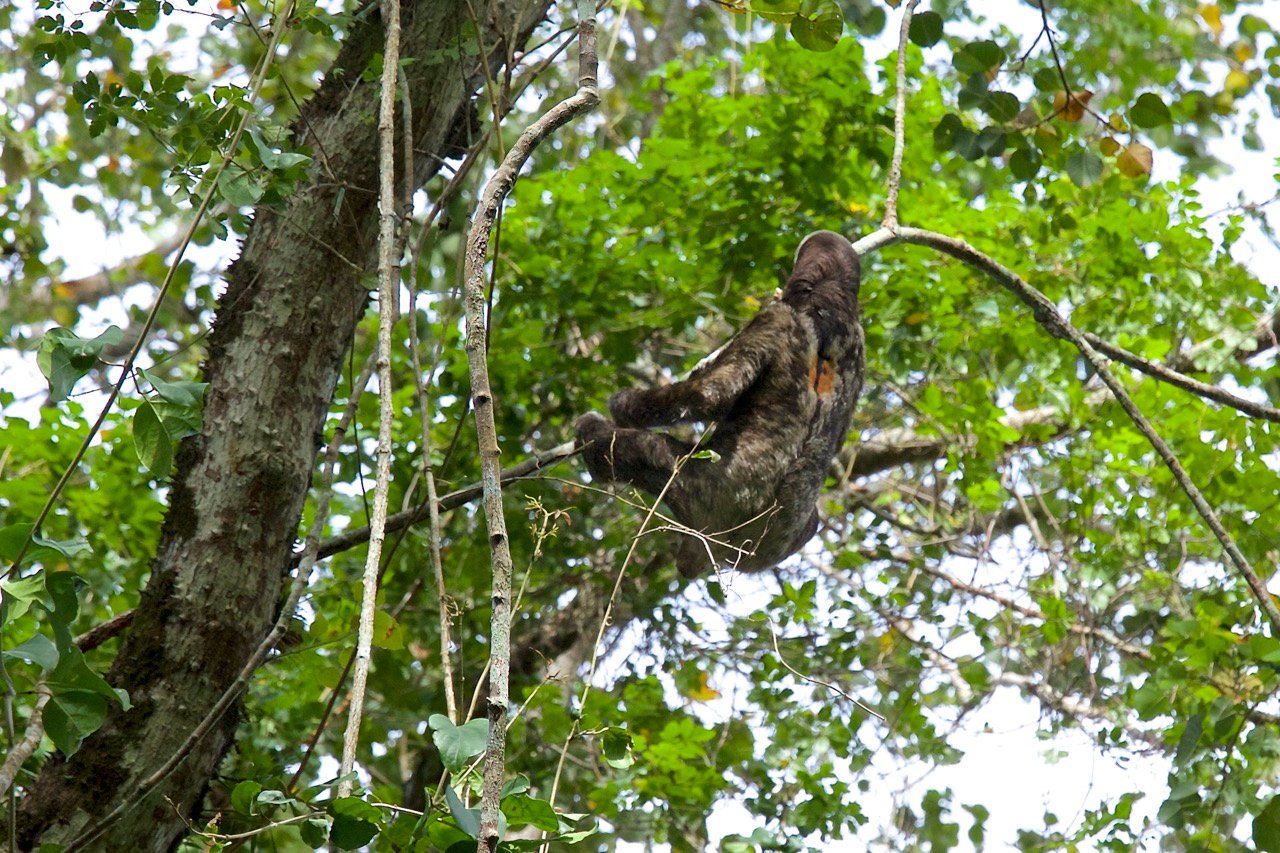
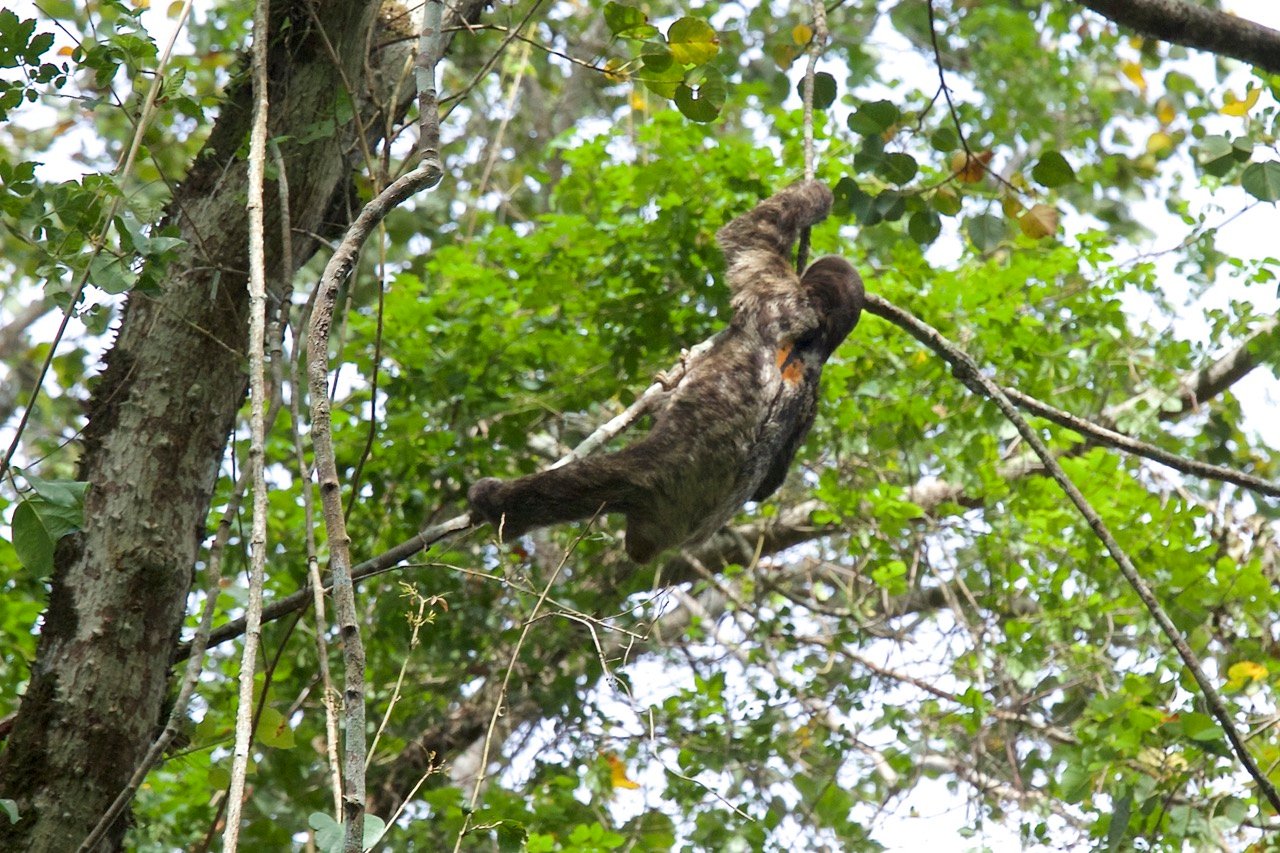
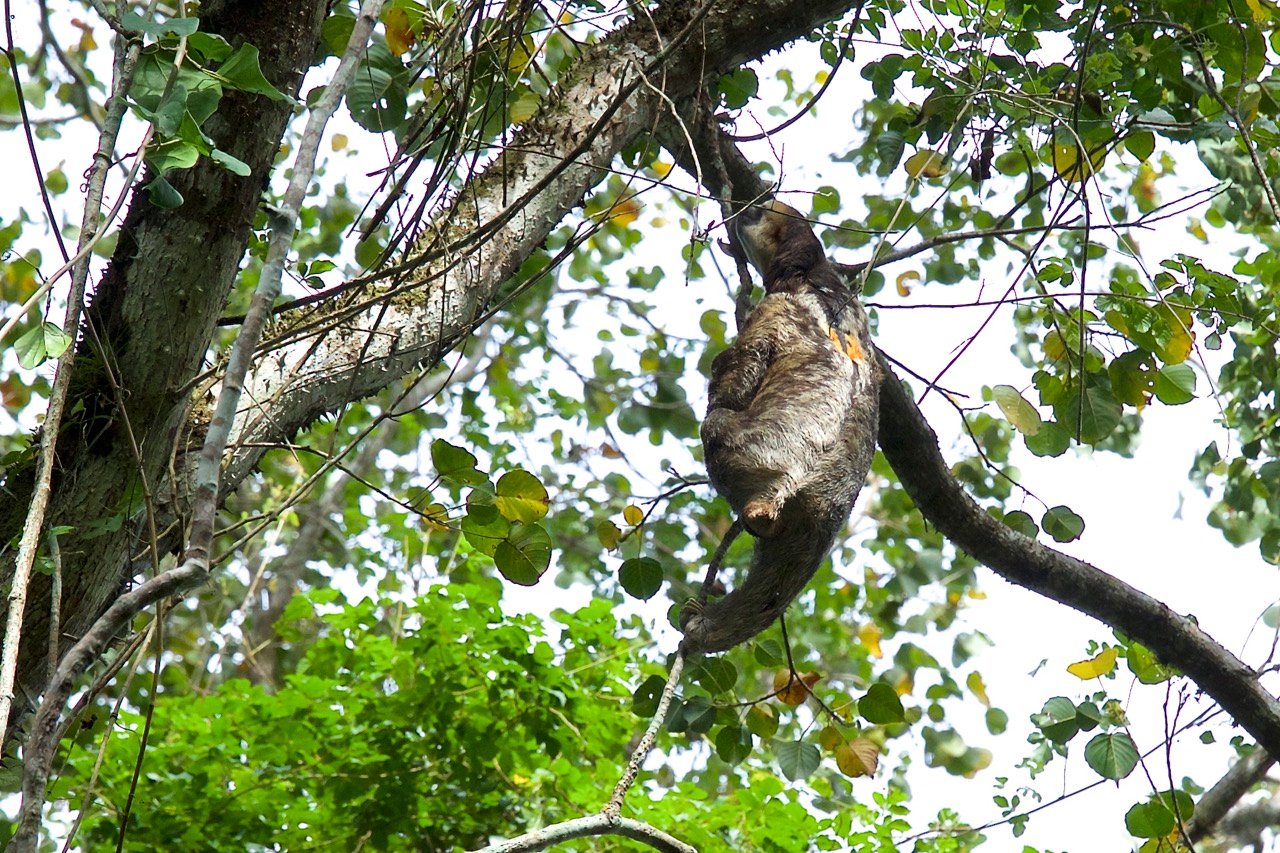
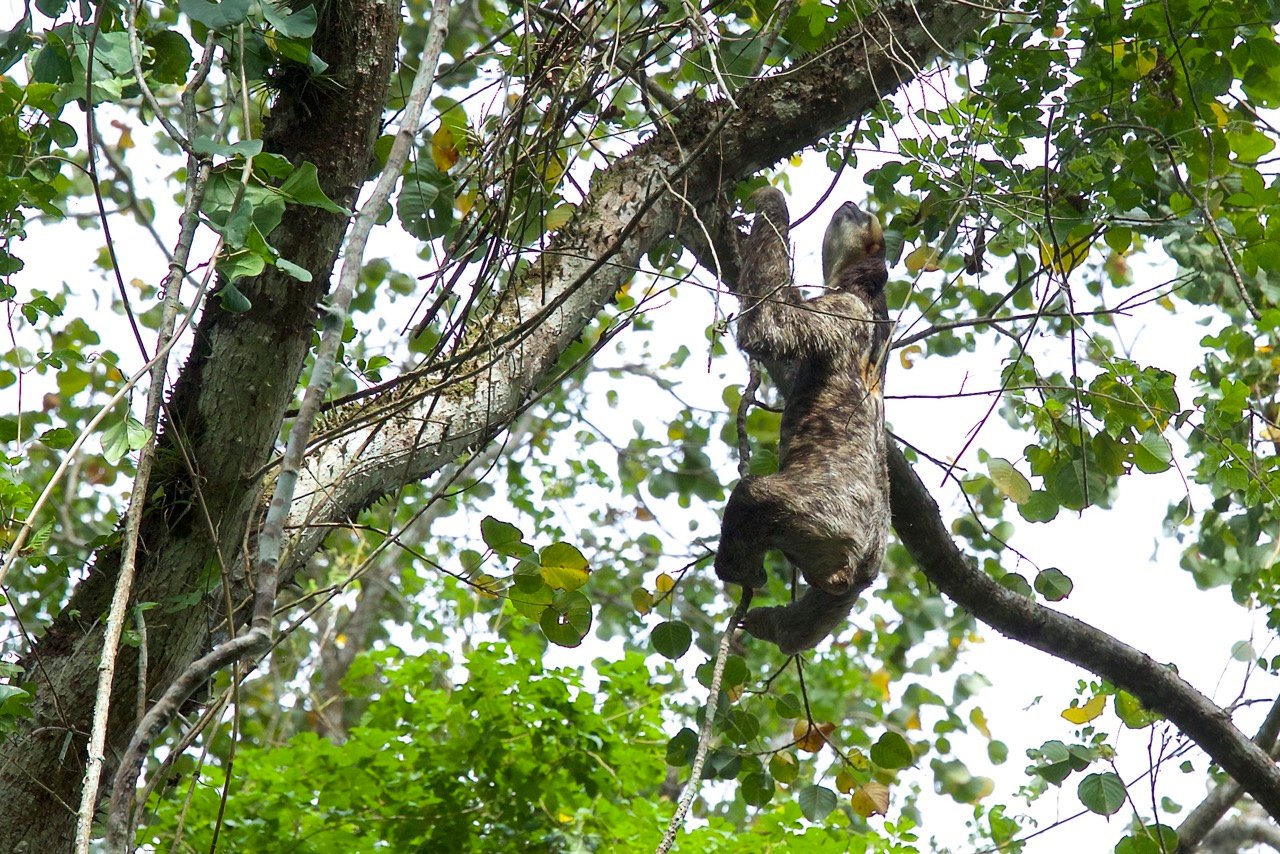
Much love,
Gardenbsquared


